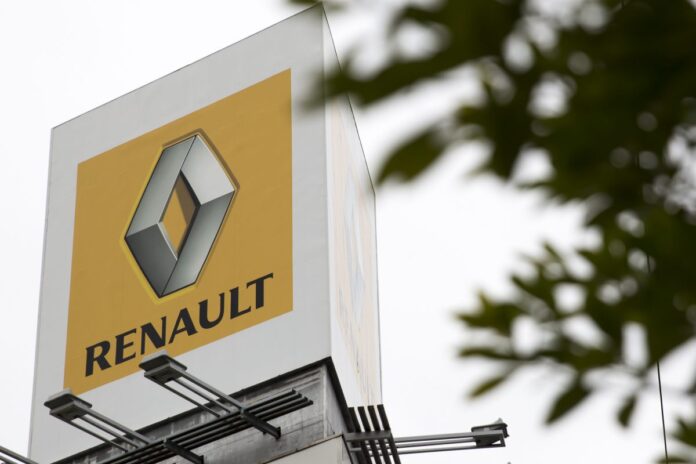Even though Renault does not sell any cars in China, the French Group still wants to benefit from the EV expertise in the far east. Renault has therefore now opened its new Advanced China Development Centre (ACDC) in Shanghai, which will initially focus on the development of the Twingo E-Tech planned for 2026.
In an interview with the Chinese newspaper China Daily, Renault CEO Luca De Meo says that a year ago he had planned to bring out an affordable electric Twingo. When he told his employees that he wanted to build a car for less than 20,000 euros and develop it in less than two years, his French team was surprised and said it was impossible. “And then I came to China and I asked the same question and the guys told me, ‘not a problem’,” de Meo said in the interview. The decision for the new research and development centre was then quickly made.
In an interview with the state news agency Xinhua, Luca de Meo praised the Chinese electric car industry for its rapid research and development, its cost efficiency and its advanced technology and emphasised how important cooperation with Chinese partners is for European car manufacturers.
With the establishment of the ACDC (the abbreviation is probably an allusion to the abbreviations for alternating current and direct current), Renault aims to benefit from Chinese expertise and strengthen the company’s global competitiveness. The ACDC consists of specialised teams that have so far concentrated on the areas of technology, procurement and cost accounting. Its main tasks include scouting, the development of supplier networks and vehicle and system development, all of which contribute to accelerating the Renault Group’s product development process.
Luca de Meo praised China’s electric car technology and supply chain, especially the advances in battery technology, to Xinhua. He emphasised that Renault has strengthened its partnership with Chinese battery giant CATL. Commenting on the leading companies in the Chinese automotive industry, Luca de Meo said: “Some of them possess a creativity that is truly remarkable for car enthusiasts,” and added, “While they are indeed competitors, they can also serve as inspiration for us.”
By working with Chinese engineers, Renault is able to speed up development cycles enormously, de Meo added: “When I came to the company four years ago, we were doing cars between 48 and 60 months. Now we can do a car in one-third of the time,” he said. “Take Twingo for example, the car will be developed in less than two years.” The car is now set to be launched on the market in 2026 at a price of less than 20,000 euros. With regard to the Twingo, Renault already announced in May 2024 that it would be developed with the help of a Chinese partner. This was followed by unconfirmed reports that this partner would be Geely. However, Renault has so far only confirmed a cooperation with Geely for combustion and hybrid engines. Renault in turn has the Dacia Spring electric car produced by Chinese manufacturer Dongfeng in Wuhan. However, the future E-Twingo is not to be built in China, but in Slovenia.
Interestingly, a Chinese OEM also announced the opening of an R&D centre in Europe today, with Li Auto opening a new facility in Munich, Germany.




